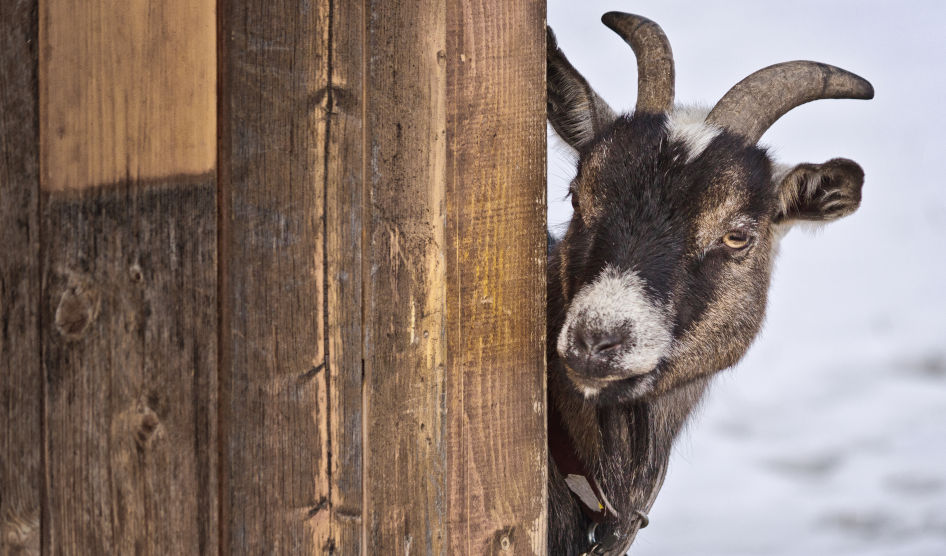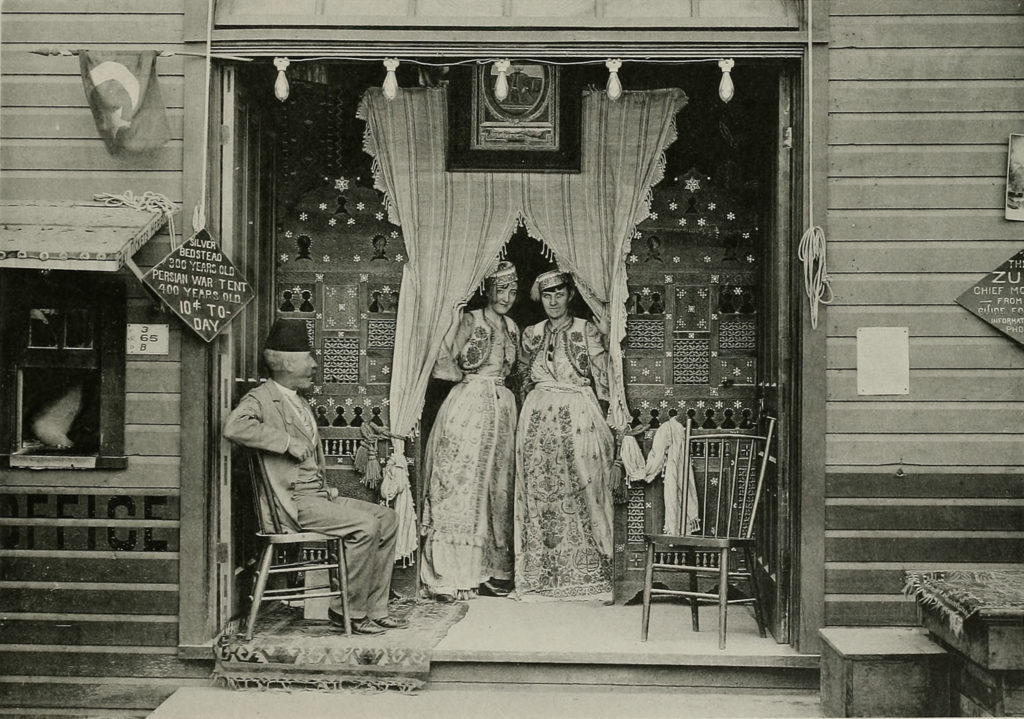Today’s “guest blogger from the past” is Joseph Vogel, an early 20th century Yiddish- and English-speaking writer. In the 1930s, while working for the Federal Writers Project (FWP), he sometimes wrote down folktales and memories he collected from Jews he met in various parts of New York City.
He collected the tales below from Mr. S. A. Friedlander, who was born around the late 1860s near Prostejov (then part of Hungary but now in the Czech Republic). Their conversation took place at the Madison Jewish Center in Brooklyn around 1937-38. Like many such tales, the first two teach that God will provide for our needs. Some readers may find the second story, “God Helps the Poor,” a bit grotesque.
FWP writers would sometimes add cultural clarifications to their folklife reports. Here, Vogel explains that the Maggid in one tale is a “Yiddish Billy Sunday” type (a reference to the then-famous Christian itinerant preacher). The original typescript of this document is in the Library of Congress. I have fixed obvious typos and changed the order in which the stories are presented.
CONTENTS:



